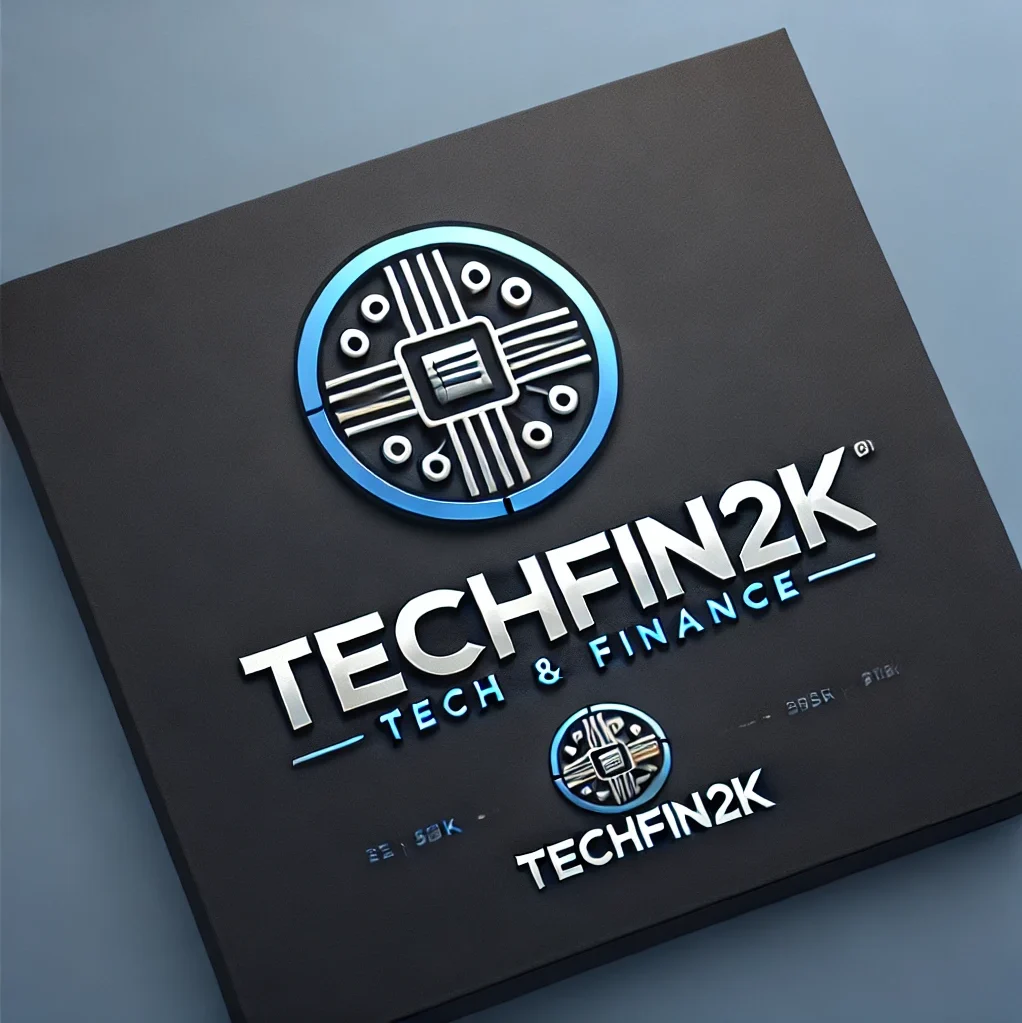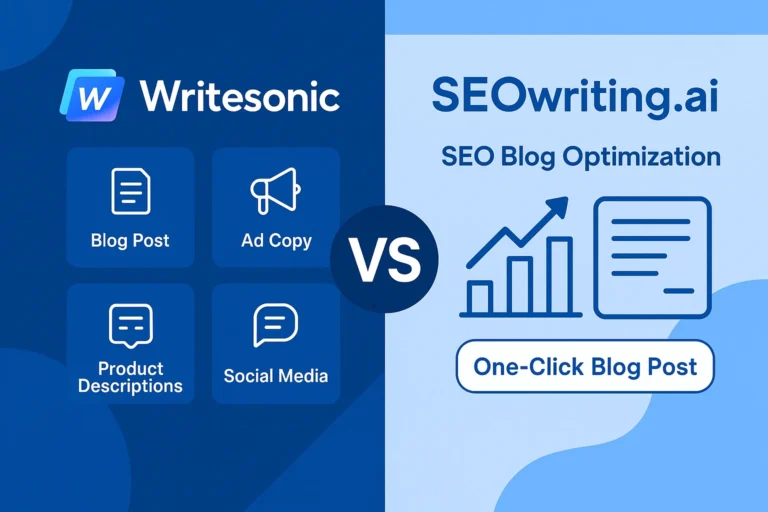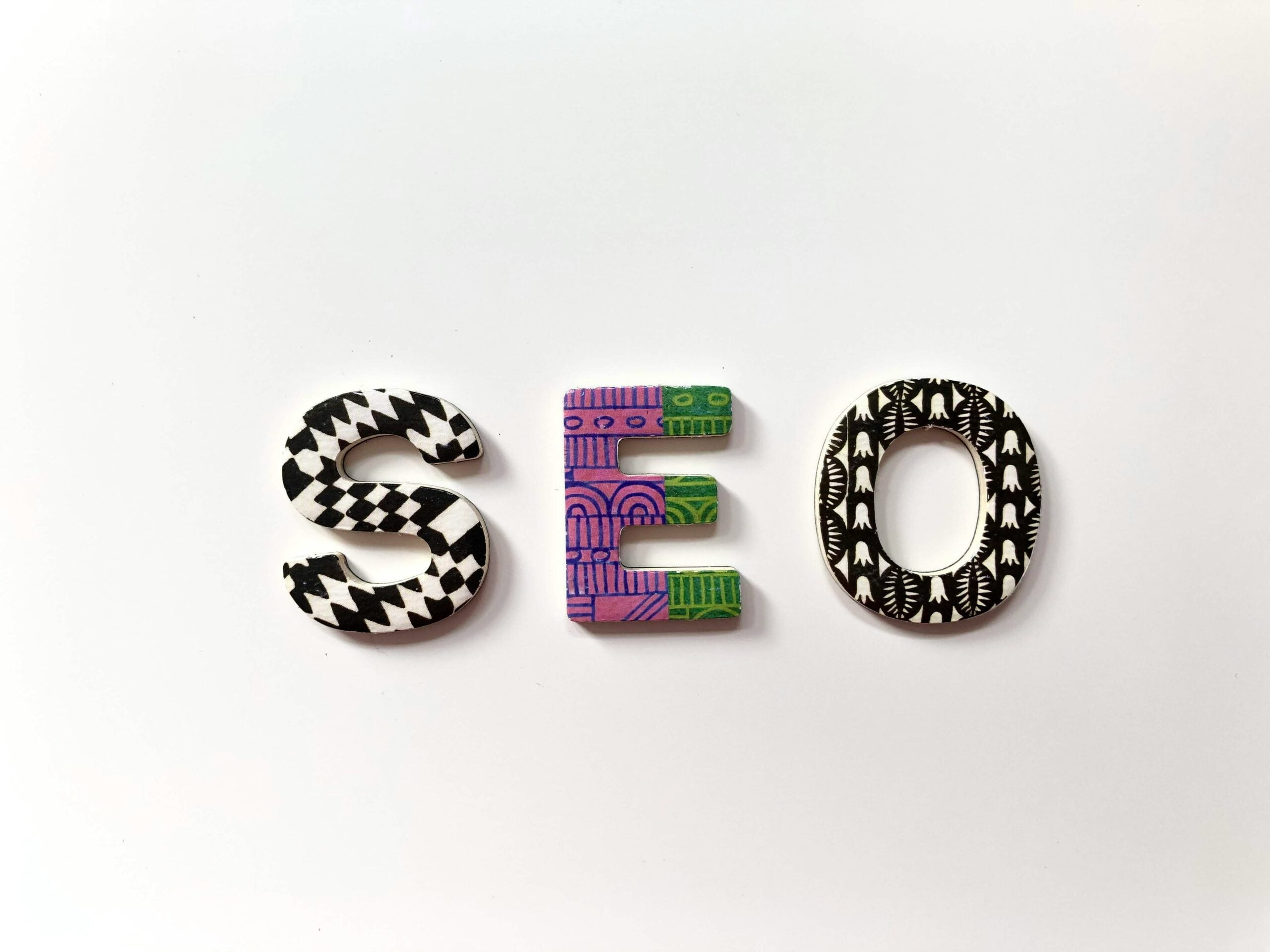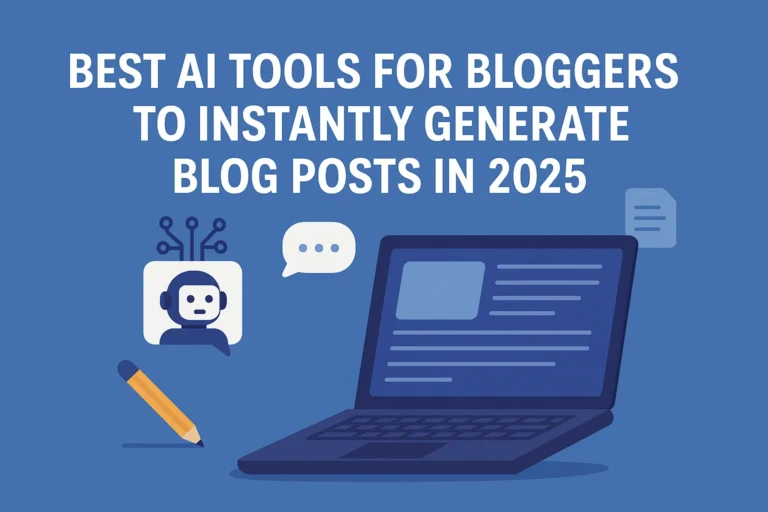Last Updated on May 24, 2025 by RADHIKA
Introduction to Website Building
In today’s digital age, having an online presence is crucial for both individuals and businesses. Building a website serves as an effective way to showcase services, share ideas, or even sell products. The first step in this journey involves understanding the various tools and platforms available for creating a website, making it essential for beginners to familiarize themselves with options such as website builders and content management systems (CMS).
Website builders have gained significant popularity due to their user-friendly interfaces and drag-and-drop functionalities, which streamline the web design process. These platforms, such as Wix, Squarespace, and Weebly, cater to individuals without any technical background, allowing them to create visually appealing websites with ease. Additionally, CMS like WordPress offer more flexibility and customization options for those who wish to have greater control over their site’s design and functionality.
A website can serve multiple purposes, depending on the goals of the user. Whether it’s a personal blog, a portfolio showcasing one’s work, an online store, or a corporate website, the objectives will guide the decision-making process during web development. Readers should also note the importance of defining their target audience, as this will influence the overall design and content of the site.
For beginners, creating a website can appear overwhelming. However, by taking the initial steps of selecting the right website builder and determining the website’s purpose, individuals can lay a solid foundation for their web design journey. Understanding these fundamental concepts not only alleviates anxiety but also empowers users to make informed decisions as they venture into the world of website development.
Understanding SEO: What You Need to Know
Search Engine Optimization, commonly referred to as SEO, is a fundamental practice that significantly influences the visibility and ranking of your website in search engine results pages (SERPs). For anyone undertaking web design, grasping the essentials of SEO is imperative, as it directly impacts the amount of organic traffic your site can attract. In essence, SEO is about making your website more appealing to search engines, which in turn enhances its discoverability by users.
SEO encompasses various techniques and strategies aimed at optimizing a website. These can be classified into two main categories: on-page and off-page SEO. On-page SEO refers to the practices used directly on the website to improve its position in search rankings. This includes optimizing content, utilizing appropriate keywords, enhancing meta tags, and ensuring that the website is user-friendly and mobile-optimized. For instance, a website builder often provides tools that allow users to effectively incorporate these on-page SEO elements without requiring extensive technical knowledge.
On the other hand, off-page SEO involves strategies performed outside of the actual website to boost its authority and credibility. This primarily includes link-building efforts, where other reputable websites link back to your site, signaling to search engines that your content is valuable and worth referencing. It also encompasses online marketing tactics that can raise your website’s profile through social media or influencer partnerships.
In summary, understanding SEO is crucial for anyone looking to build a successful website, as it lays the groundwork for ensuring higher visibility and increased user engagement. By focusing on both on-page and off-page optimization techniques, beginners can better position their web design efforts for maximum impact.
Navigating SERP: Search Engine Results Pages
Understanding Search Engine Results Pages (SERP) is crucial for anyone engaged in web design or managing a website, as it directly affects site traffic and user engagement. SERP is essentially the page displayed by search engines in response to a user’s query, showcasing a variety of results that can significantly influence user choices and behaviors. Understanding the components of SERP allows website owners to enhance their online presence systematically.
The SERP typically consists of several types of listings. The organic results are the listings that are ranked naturally by the search engine algorithms based on their relevance to the search query. These organic results are influenced by various factors, including the quality of content, backlinks, and overall SEO strategies implemented during the website design process. It is crucial for site owners to optimize their web content to improve chances of ranking in these organic results.
Additionally, SERP often includes paid advertisements, which are displayed at the top or bottom of the page. These advertisements can enhance visibility and drive traffic, especially for new websites using a site builder that supports ad integration. Incorporating a strategic approach to paid advertising can yield significant returns on investment.
Another vital component of SERP is the featured snippets, which provide concise answers to user queries directly on the results page. Featured snippets can dramatically boost visibility and user engagement, making it an essential element for designers to consider when creating content. Local results also occupy a prominent place in SERP, particularly for businesses with a physical presence. Utilizing localized SEO practices can help a website appear in these segments, directing more traffic from nearby users.
Thus, a solid understanding of SERP and its elements can empower website owners to optimize their web design for better visibility, leading to enhanced traffic and engagement from users.
The Role of Headers, Tags, and Keywords in SEO
In the realm of web design, the structure and organization of content play a crucial role in determining how effectively a website communicates its message and ranks in search engine results. One of the foundational elements of this organization is the use of headers, which include H1, H2, H3, and so on. The H1 tag typically serves as the main title of a page, while H2 and H3 tags are used for subheadings. Utilizing these headers properly not only enhances the readability of your content but also provides a clear hierarchy that can positively influence SEO rankings. Search engines, such as Google, analyze header tags to understand the topic and relevance of the content, helping to establish its authority.
Tags and keywords are equally important in the landscape of website builders and design. Keywords are the specific phrases that potential visitors type into search engines, and effective keyword implementation can significantly enhance your site’s discoverability. When selecting keywords, it is critical to conduct thorough research to identify terms that are relevant to your content and that potential users are actively searching for. Aim to incorporate these keywords thoughtfully throughout your content, particularly within headers, the main body, and metadata. This strategic placement helps search engines identify and rank your content higher in search results.
Tags, on the other hand, are used to categorize and organize content on your site, making it easier for both users and search engines to navigate. They can also promote related content through cross-linking, driving more traffic to your website. By thoughtfully selecting your tags and pairing them with well-researched keywords, you ensure that your web design not only appeals to human readers but also meets the criteria set by search engines for higher visibility. Thus, an informed approach to headers, tags, and keywords can significantly enhance the overall effectiveness of your web design strategy.
Crafting Compelling Excerpts for Your Web Pages
Excerpts serve as essential snippets of content that represent a web page’s content, often displayed in search engine results, social media shares, and other digital platforms. Their function is to provide a concise summary that engages users and encourages them to click through to the website. As search engine optimization (SEO) plays a critical role in determining how well a website ranks, crafting effective excerpts becomes paramount for any web design strategy.
To create compelling excerpts, it is important to focus on clarity and engagement. Start by summarizing the key points of the content in a way that is both informative and intriguing. Incorporating relevant keywords is crucial, as they facilitate better visibility in search results. For instance, if your content is about using a website builder, integrating terms such as “easy website creation” or “customizable web design” within the excerpt can significantly boost its SEO value.
Moreover, an effective excerpt should be written in active voice and convey a sense of urgency or relevance to encourage users to click. Questions or thought-provoking statements can also engage readers’ curiosity, making them more likely to want to learn more about the topic. Aim to keep your excerpts between 150 to 160 characters, as this length typically displays well in search results without being cut off.
Lastly, consider testing different excerpts to see which ones yield the best click-through rates. Analyzing user behavior can provide insights into what resonates with your audience. With these strategies, web design practitioners can elevate their online presence while ensuring that their content remains accessible and appealing to potential visitors.
Understanding Alt Text for Images
Alt text, or alternative text, is a crucial component of web design that provides a textual description of images on a website. This text serves multiple purposes, particularly in enhancing the online presence of a website through image SEO. When search engines crawl web pages, they cannot interpret images directly; instead, they rely on alt text to understand the content and context of the images. By including relevant keywords in the alt text, website owners can improve their chances of ranking higher in search engine results pages (SERPs). Consequently, crafting thoughtful alt text contributes significantly to a website’s overall search engine optimization strategy.
Moreover, alt text plays a vital role in accessibility, particularly for visually impaired users who utilize screen readers to navigate the web. Screen readers interpret alt text, allowing these users to gain a better understanding of the visual content on a webpage. Thus, incorporating meaningful and descriptive alt text not only benefits SEO but also aligns with web design best practices aimed at inclusivity and user experience. Ensuring that every image includes appropriate alt text can widen the scope of audience engagement, as it accommodates users with disabilities.
When creating alt text, it is essential to be both descriptive and concise. Aim for clarity by succinctly explaining what the image conveys or depicts, using relevant keywords when appropriate. Avoid keyword stuffing; instead, prioritize providing an accurate representation of the image in a way that enhances the overall context of the content surrounding it. For example, instead of writing “Image of a dog,” a more helpful alt text would be “Golden Retriever playing fetch in a park.” This practice not only aids in search engine indexing but also enriches the user experience by delivering pertinent information to all visitors. By following these guidelines, you can maximize the benefits of alt text for both SEO and accessibility purposes.
Incorporating AI Images into Your Website
The integration of AI-generated images into web design has gained significant traction, providing an innovative way to enhance visual storytelling on websites. AI images can be tailored to match the specific themes and aesthetics of a site, offering a level of customization that traditional photography may not be able to achieve. Utilizing these images can significantly improve the engagement levels of a website, capturing the visitor’s attention and encouraging them to interact more deeply with the content.
When selecting or creating AI images, it is important to consider the overall theme of your website and how the visuals will complement the text and data presented. For instance, if your website focuses on technology and innovation, using sleek, modern AI-generated visuals that depict cutting-edge concepts can create a cohesive look that aligns with your brand identity. Various online platforms and tools for AI image generation allow users to create images or customize existing templates to fit their needs, ensuring that visuals are unique and resonate with the content.
Once you have chosen the appropriate AI images, their placement within your web design is crucial to maximizing impact. Images should be strategically positioned to guide the viewer’s eye and enhance the overall flow of the webpage. Incorporating visuals alongside key content areas—such as in blog posts or product descriptions—can break up large blocks of text and create a more inviting appearance. Additionally, using images as headers or focal points can elevate user engagement and improve the visual hierarchy of the website.
Incorporating AI-generated images into your website not only enriches the visual appeal but also supports the creation of a memorable user experience. Effectively leveraging these images will enhance your web design and may assist in achieving your overall digital marketing goals.
Creating SEO Titles and Descriptions
In the realm of web design, crafting effective SEO titles and descriptions is pivotal for enhancing the online visibility of your website. These elements not only inform search engines about the content on your webpages but also play a crucial role in attracting potential visitors. An SEO title is a displayed headline used by search engines such as Google, while the meta description provides a brief summary of your page’s content. Optimized titles and descriptions can dramatically improve click-through rates (CTR) which is essential for any successful website builder.
One of the first strategies to implement is incorporating relevant keywords into your titles and descriptions. This involves analyzing keyword data to identify phrases that potential visitors are searching for. For instance, if your website focuses on gardening tips, a title like “Essential Gardening Tips for Beginners” can effectively target those searching for beginner-friendly guides. However, while integrating keywords, it is equally important to maintain clarity and user intent. Titles should be concise, ideally between 50-60 characters, ensuring that they are fully displayed in search results without truncation.
When it comes to meta descriptions, aim for approximately 150-160 characters. This length allows for a succinct yet informative summary that entices users to click through to your website. Implementing action-oriented language can further enhance engagement, with phrases like “Learn more” or “Discover” prompting user action. It is also advisable to avoid duplicating titles or descriptions across multiple pages to ensure that each page is uniquely optimized. Regular review and updates of your SEO titles and descriptions can keep your content relevant, adapting to shifts in user behavior and search engine algorithms.
In conclusion, investing time in the creation of effective SEO titles and descriptions is a vital aspect of web design that directly influences the success of your website. By focusing on keyword integration, clarity, and user engagement, you can significantly enhance your site’s performance on search engine results pages.
Conclusion: Putting It All Together
Throughout this guide, we have methodically explored the essential components of building an effective website while emphasizing the significance of web design and Search Engine Optimization (SEO). Each element, from headers and tags to keywords and alt text, plays a crucial role in enhancing your site’s visibility on Search Engine Results Pages (SERP). By understanding how these components work in harmony, you can create a website that not only appeals to your audience but also ranks well in search engines.
The process of building a website begins with choosing a user-friendly website builder that suits your needs, whether you’re developing a personal blog, an e-commerce platform, or a portfolio. Once you have established a solid foundation through a clean and intuitive web design, the next step involves implementing SEO best practices. This includes optimizing web pages with relevant keywords, crafting compelling SEO titles, and ensuring that each image includes appropriate alt text to foster accessibility and improve indexation by search engines.
Moreover, the strategic use of excerpts and descriptions enhances the overall user experience and encourages click-through rates from potential visitors. Remember that every choice you make in your web design contributes significantly to the site’s performance on SERP, influencing how users perceive and interact with your content.
As you begin to apply the knowledge acquired in this guide, keep in mind that building a successful website is an ongoing process. Continually adapting to the changes in web design trends and SEO algorithms will enhance your website’s reach and effectiveness. We encourage you to further explore additional resources and stay updated on industry trends, thus empowering you to make informed decisions as you cultivate your online presence.





